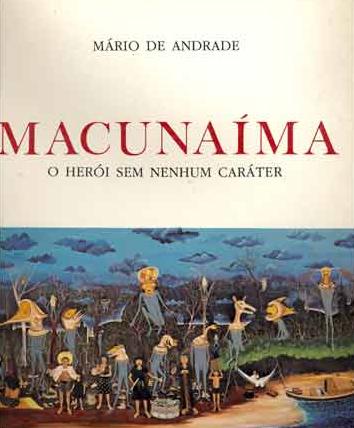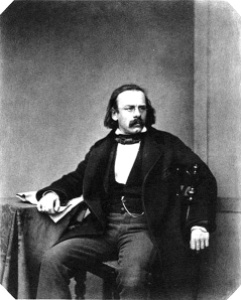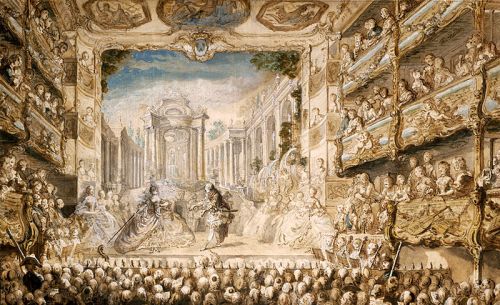In its stirring setting by Hubert Parry, William Blake’s Jerusalem furnishes the text of one of England’s most popular hymns—it has been called the country’s second national anthem. It is particularly favored for weddings, as it was for the 2011 marriage of Prince William and Catherine Middleton.
Nevertheless, the work has been banned by clergy who believe that Blake’s version of Christianity is too radical, and that the poem falls short in theological matters. As recently as 2001, a bride in Cheadle cancelled her wedding when the rector refused to allow her to include a performance of Jerusalem.
“As a poem it is interesting, but Blake was a bit of a weirdo,” the rector explained to the press. “Blake appeals to the proto-atheists and proto-socialists, camps which—although they weren’t known by name back then—the poet fell into.”
This according to “William Blake, Hubert Parry, and the singing of Jerusalem” by Mark Chapman (The hymn: A journal of congregational song LXII/2 [spring 2011] pp. 41–51). Above, Blake’s Jerusalem: Emanation of the giant Albion (click to enlarge); below, the performance at the royal wedding on 29 April 2011.
Related articles
- Vaughan Williams and Blake (bibliolore.org)
- How did those feet in ancient time become a patriotic song? : “Jerusalem” (part 1) (mefoley.wordpress.com)












